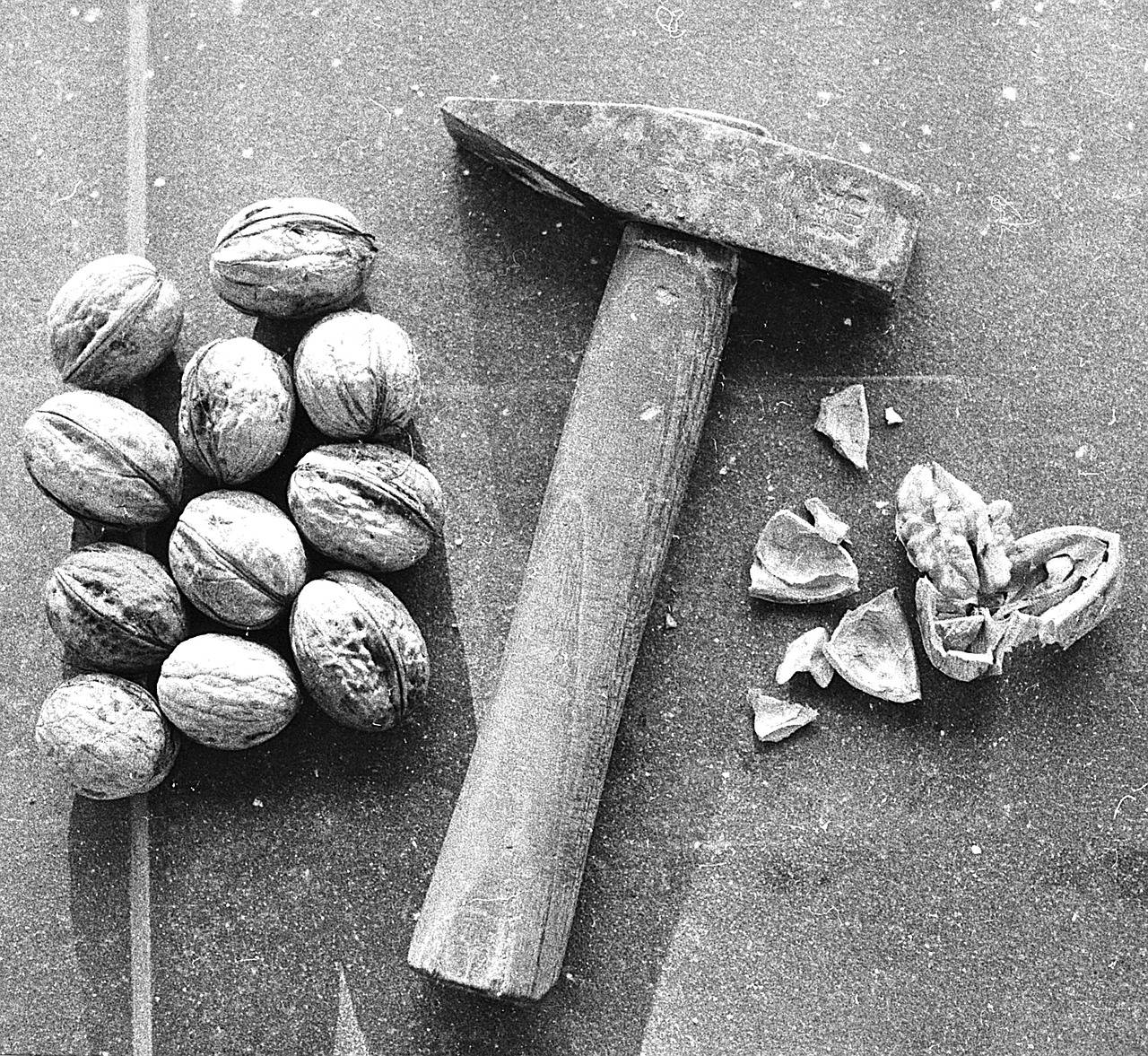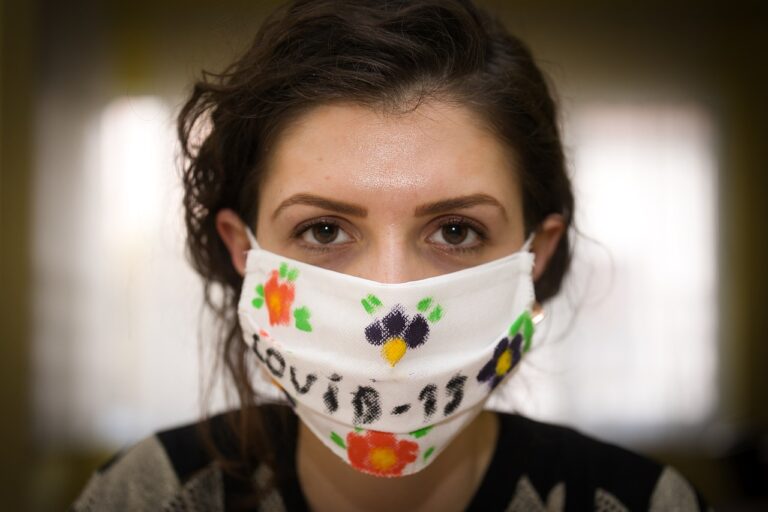Biohacking: Optimizing Health Through Science and Technology
Biohacking is a growing trend encompassing a range of practices aimed at optimizing human performance and well-being. It involves the application of scientific knowledge and technology to hack into one’s biology and make targeted improvements. Biohackers may utilize various strategies such as supplementation, diet modifications, and technology to enhance physical and cognitive functions.
The ultimate goal of biohacking is to unlock the full potential of the human body and mind. By understanding how individual biological systems work and interact, biohackers seek to fine-tune these processes for improved health, longevity, and performance. This innovative approach to self-improvement is gaining traction among individuals looking to take control of their health and push the boundaries of what is possible for the human body.
The History of Biohacking
Biohacking has a rich history rooted in the early days of scientific exploration. The term “biohacking” first emerged in the 1980s within the realms of computer programming and technology. However, the concept of manipulating biological systems for enhancement and experimentation dates back centuries, with examples of early biohacking practices found in traditional medicine and agriculture.
In the late 20th century, biohacking began to gain traction as a distinct movement, with individuals and groups actively engaging in DIY biology projects and experiments. By the early 2000s, biohacking communities started forming around the world, fostering collaboration and knowledge-sharing among enthusiasts. This period marked the beginning of a new era in biohacking, characterized by a blend of scientific curiosity, creativity, and a do-it-yourself ethos.
Common Biohacking Techniques
Biohacking enthusiasts often turn to intermittent fasting as a popular technique to optimize their health and well-being. This practice involves alternating periods of eating and fasting to regulate blood sugar levels, promote weight loss, and improve metabolic function. By restricting the times when they consume food, individuals can enhance their body’s efficiency in burning fat and utilize stored energy more effectively.
In addition to intermittent fasting, another common biohacking technique is cold exposure therapy. This method involves exposing oneself to cold temperatures through activities such as ice baths, cold showers, or cryotherapy. Advocates of cold exposure believe that subjecting the body to cold stimuli can boost the immune system, reduce inflammation, and increase the production of brown fat, which helps with calorie burning and weight management.





